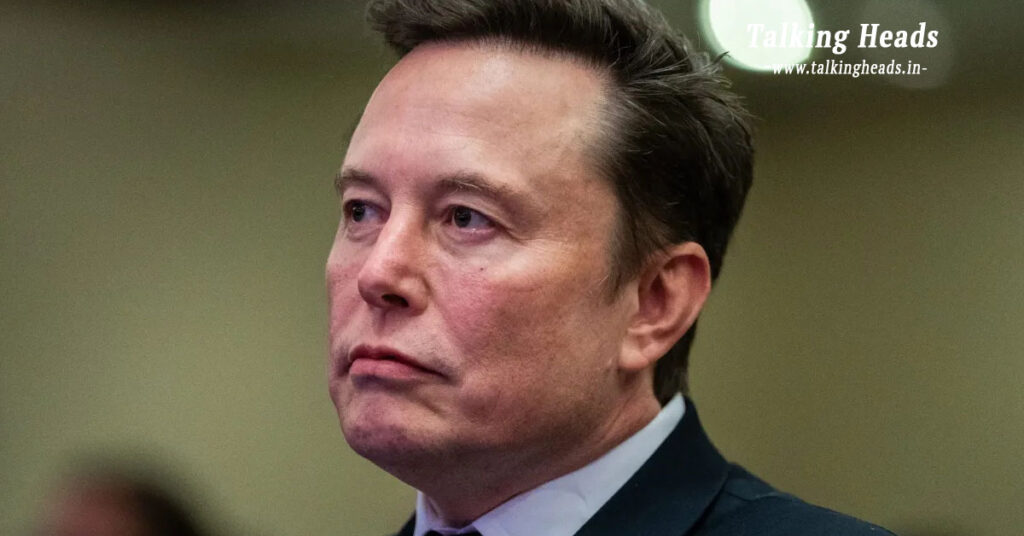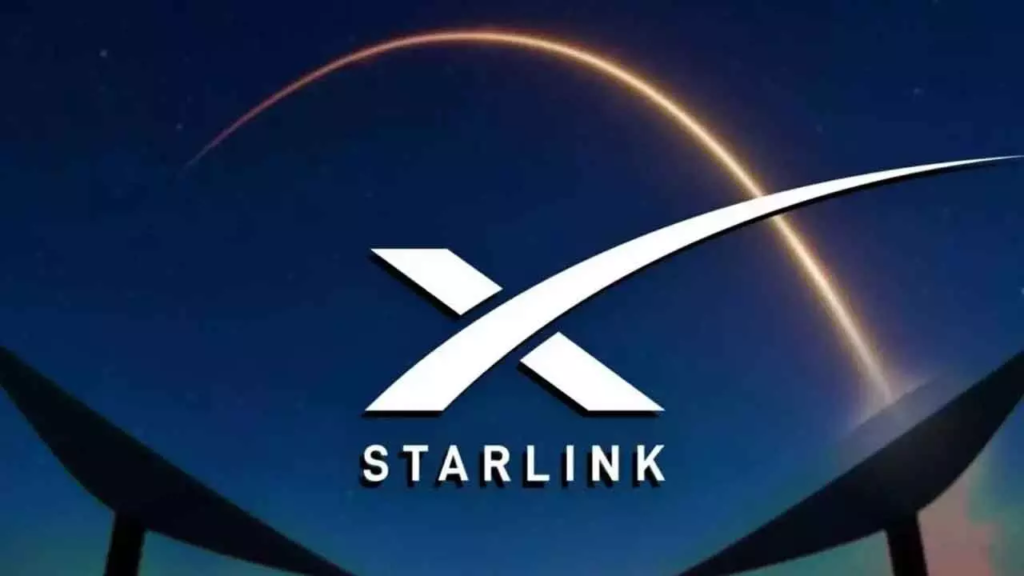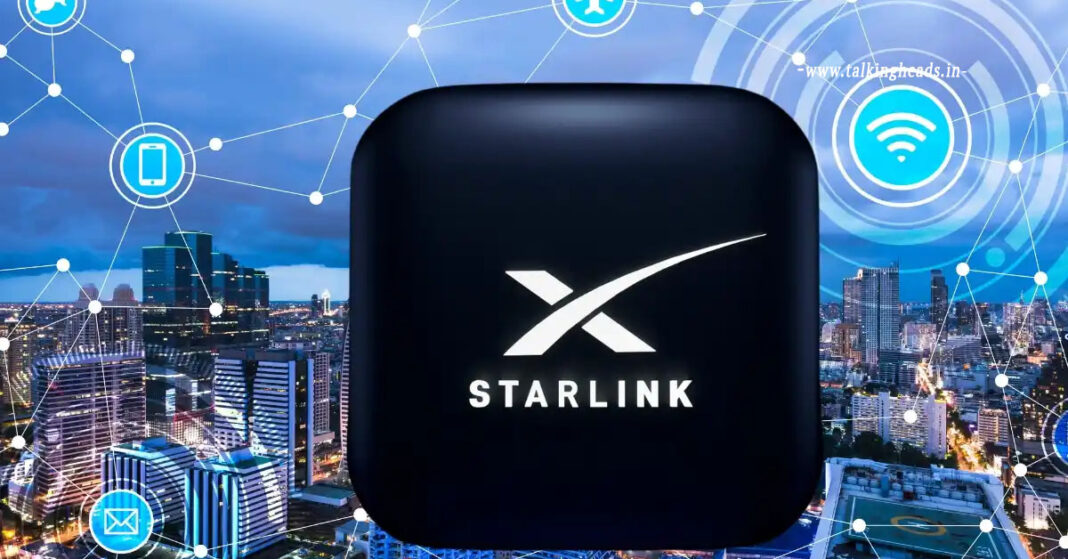Table of Contents
India Grants License to Elon Musk’s Starlink: Satellite Internet Set to Launch Nationwide
In a major leap for India’s digital infrastructure, the Department of Telecommunications (DoT) has granted a license to SpaceX’s satellite internet arm, Starlink, to operate in the country. The move paves the way for the rollout of high-speed, low-latency satellite internet, particularly aimed at underserved and remote regions. Once Starlink receives its final clearance from IN-SPACe (Indian National Space Promotion and Authorization Centre), commercial operations are expected to commence.
Starlink to Revolutionize Rural Internet Access in India
Unlike traditional broadband providers, Starlink beams internet directly from low-earth orbit satellites, making it ideal for hard-to-reach areas like mountainous terrain and rural villages where fiber optics and cellular networks struggle.
According to reports, Starlink plans to offer unlimited data for just ₹840 per month, a highly competitive price that could disrupt the telecom market. Though official pricing is yet to be announced, the promotional plan aims to democratize internet access in one of the world’s largest digital markets.
What Makes Starlink Unique?
Starlink is a division of SpaceX, the private space technology giant founded by Elon Musk. Unlike geostationary satellites, which orbit much farther from Earth, Starlink satellites operate in low Earth orbit (LEO). This proximity reduces latency and enhances internet speed and stability.

The technology is particularly significant for areas where internet access is either unreliable or completely unavailable. Starlink’s goal is to provide high-speed internet with minimal lag, even in the remotest parts of the world — and India is next in line.
How Much Will Starlink Internet Cost in India?
According to a report by The Economic Times, Starlink may launch its services with a promotional plan priced at $10 (approximately ₹840/month), offering unlimited data. This introductory rate is expected to target rural households and small businesses, although the company hasn’t yet confirmed this officially.
Such pricing would not only challenge traditional broadband providers but could also force them to reconsider their rural internet strategies.
Benefits of Starlink for Indian Consumers

Starlink’s arrival is expected to be a game-changer for India’s digital divide. Its satellite-based system could empower:
- Students in rural areas to access online education.
- Remote health clinics to offer telemedicine services.
- Small businesses to operate digital storefronts and e-commerce platforms.
- Disaster-prone zones to maintain connectivity during emergencies.
Moreover, Starlink’s entry will boost competition in the telecom sector, potentially leading to more affordable data plans and better service quality.
What’s Next for Starlink in India?
With the license secured, Starlink now awaits spectrum allocation and final approval from IN-SPACe, India’s space sector regulatory body. Trial spectrum allocation could happen in the next 15–20 days, post which commercial services will launch, most likely starting in select rural regions.
Starlink’s hardware kit — consisting of a dish, Wi-Fi router, mounting tripod, and power cables — will need to be installed in an open-sky location for optimal signal reception. Setup and monitoring will be managed through Starlink’s dedicated app, available on both iOS and Android platforms.
Why India Is Crucial for Elon Musk’s SpaceX
India is home to the second-largest internet user base globally, making it a strategic market for Elon Musk. The Starlink license comes at a vital time for Musk, as his business ties in the U.S. face political uncertainties due to his public disagreements with Donald Trump.
Gaining access to India provides SpaceX with a significant growth avenue and the opportunity to tap into the country’s ongoing digital transformation.
How Starlink Delivers Internet: The Technology Behind It
Starlink beams internet from space through a network of satellites in LEO, allowing users to access high-speed, low-latency internet without reliance on ground-based infrastructure.
Here’s how the system works:
- A satellite sends internet signals down to Earth.
- A user terminal (dish) captures these signals and connects to a modem/router.
- Devices like laptops or phones then access the internet via Wi-Fi.
- The signal latency is minimized due to the proximity of LEO satellites.
This approach allows for consistent coverage even in disaster-hit or remote regions — a critical advantage over fiber and mobile networks.
What Is IN-SPACe and Its Role?
IN-SPACe was established in June 2020 by the Department of Space to regulate private participation in India’s space sector. As a single-window body, it facilitates licensing, infrastructure sharing, and promotes space-based services among non-governmental entities.
For Starlink, approval from IN-SPACe is the last major step before it can begin full-scale operations in India.
India Moves Closer to Universal Internet Access
With the green light from the telecom ministry, Starlink is on the brink of launching one of the most ambitious internet rollouts in Indian history. If all goes as planned, millions of Indians — especially in rural and remote regions — will soon access fast, reliable, and affordable internet, bridging a long-standing digital gap.










